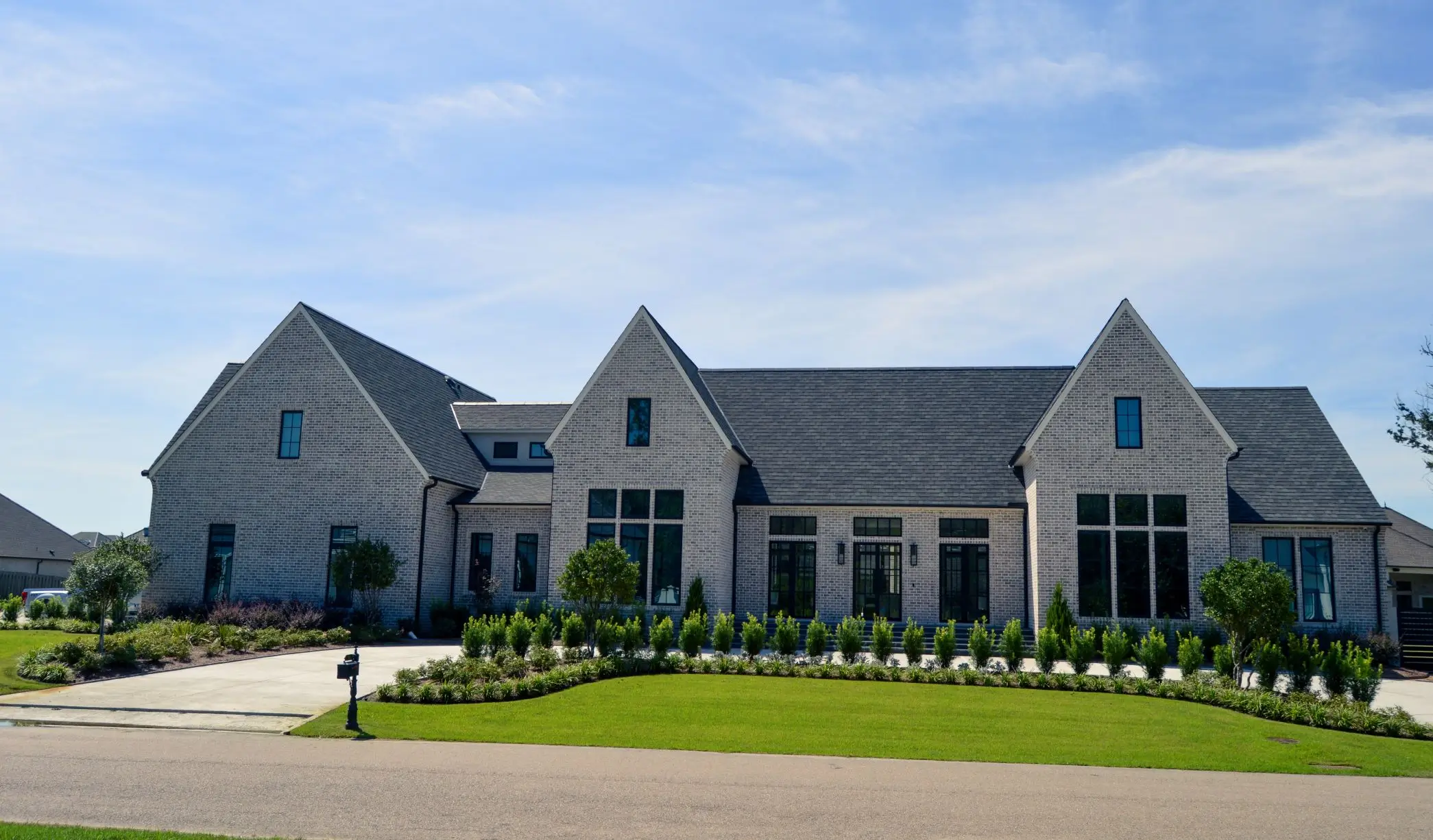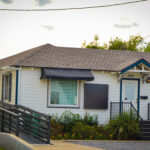5 Steps to Handle Emergency Flat Roof Repairs
A sudden storm rolls in. Heavy rain begins pounding your flat roof. You hear dripping. You see a bulge forming in the ceiling. You’re not sure where it’s coming from—but one thing is certain: your roof is leaking, and you have no time to lose.
This is the moment where every decision matters.
Emergency flat roof repairs aren’t just about damage control, they’re about protecting your home or business from even bigger problems. When a flat roof fails unexpectedly, the costs can multiply fast. Water seeps in, materials get soaked, mold begins to spread, and structural components may weaken. Acting fast isn’t a luxury; it’s a necessity.
This guide walks you through five clear, practical steps to handle emergency flat roof repairs. Whether you’re dealing with minor leaks or serious structural issues, knowing what to do in the first few hours can make all the difference. And yes, we’ll cover when it’s time to call in a Roofing Company in NOLA or your local expert.
Let’s get started, because in roofing emergencies, clarity is the first tool you need.
Understanding the Urgency Behind Emergency Flat Roof Repairs
The word “emergency” isn’t used lightly. Flat roofs, by design, don’t shed water as quickly as pitched ones. That means even a small hole or crack can cause water to pool, and that water can quickly become a major threat.
Two things make emergency flat roof repairs especially time-sensitive:
- Speed of water infiltration – Unlike sloped roofs, water doesn’t roll off a flat surface. It sits. And when it finds a weak point, it works fast.
- Hidden damage – The first visible signs of trouble (a ceiling stain, a sagging tile) often appear well after the actual leak begins.
Understanding these factors helps you avoid the trap of underestimating the problem. Let’s walk through how to respond effectively.
Step 1: Stay Safe and Stop the Immediate Damage
Before anything else, make sure the area is safe. If water is dripping near electrical outlets or fixtures, stay clear until you shut off the power in that part of the building.
Next, place buckets, tarps, or any available containers to collect water and prevent damage to flooring or furnishings. If you can safely access the roof and the weather allows, use a plastic sheet or tarp to temporarily cover the affected section.
If conditions are too dangerous to get on the roof, do not take the risk. Focus on minimizing indoor damage and wait for professional help.
Step 2: Identify the Source (If Possible)
This part can be tricky, especially in flat roofs where water tends to travel before it reveals itself.
Start by checking:
- Drainage points and scuppers for clogs
- Seams and flashing around roof penetrations (vents, pipes, HVAC units)
- Areas where water tends to pool
Even if you can’t find the exact source, noting where the leak appears inside the building can help professionals locate it faster later.
This observation step isn’t about solving the entire issue, it’s about collecting useful information that leads to quicker, more effective repairs.
Step 3: Apply a Temporary Patch (Short-Term Roof Leak Fix)
If you’ve identified a possible breach and can safely access the roof, apply a temporary patch using roofing tape, sealant, or a durable tarp weighted down on the edges.
Choose materials that can withstand at least a few days of weather exposure. Your goal here isn’t to fix the roof permanently, but to slow or stop water ingress until a professional arrives.
If your building has a roof maintenance kit, now’s the time to use it. These kits often include adhesive patches, waterproofing material, and instructions for emergency use.
Temporary repairs won’t hold up long, especially during heavy weather. But done right, they buy you valuable time.
Step 4: Call in the Professionals
Now that the immediate threat is under control, it’s time to make the most important call: bringing in a professional roofing contractor.
Search for a trusted roofing company in NOLA or your local area that specializes in flat roof systems. Be clear that you’re dealing with an emergency. Many reputable contractors offer emergency response services and can dispatch a crew quickly.
When you talk to them, describe:
- What you’ve observed (both inside and on the roof)
- What temporary fixes you’ve applied
- Any history of previous leaks or issues in the same area
This helps them prepare properly and reduces the chance of delays.
Remember: the quicker the professionals can assess and begin work, the lower your risk of serious water damage or structural failure.
Step 5: Assess the Damage and Plan for Permanent Repairs
Once your roofing contractor arrives and inspects the damage, they’ll guide you through the next steps. This is your moment to think longer term.
A good contractor won’t just fix the visible problem, they’ll look for signs of deeper issues. These may include:
- Moisture trapped in insulation
- Compromised flashing or seams
- Poor drainage layout
- Material wear beyond the immediate leak
It may also be the right time to consider a flat roof inspection if one hasn’t been done in a while. Often, emergency flat roof repairs reveal bigger maintenance issues that were easy to overlook.
Don’t just stop at the emergency fix. Ask for a detailed report and recommendations to help you prevent another crisis.
Why Preventive Maintenance Beats Emergency Repairs
Emergencies can’t always be avoided, but they can be anticipated. Most flat roof failures begin months before they’re noticed.
A small crack, overlooked drainage issue, or UV-degraded seam can silently compromise your roof, until that one rainy day brings everything to light.
Building owners who invest in routine maintenance often avoid the panic, expense, and stress of emergency repairs. Think of it like insurance: boring when everything’s fine, but life-saving when trouble strikes.
If you’ve just had a scare, now is the perfect time to put a flat roof maintenance plan in place.
Conclusion: Stay Calm, Stay Ready
Emergency flat roof repairs are stressful. But they don’t have to be chaotic.
By acting quickly, focusing on safety, applying temporary solutions, and calling in the right help, you give yourself the best chance of minimizing damage and costs.
You don’t need to become a roofing expert overnight. But you do need a plan, and hopefully, this guide gives you one.
If you’re in the New Orleans area, finding a reliable roofing company in NOLA is one of the smartest decisions you can make before the next storm season. Whether it’s emergency work or long-term planning, having a trusted partner on call is part of being prepared.
Stay alert. Act early. And remember, roofs can be repaired, but peace of mind is something you build long before the rain starts falling.




